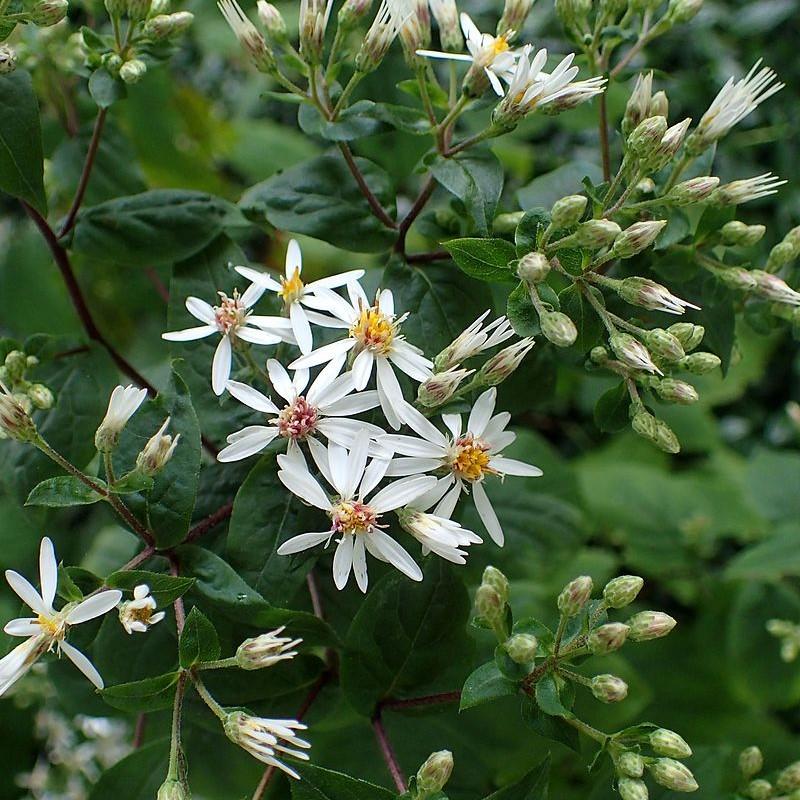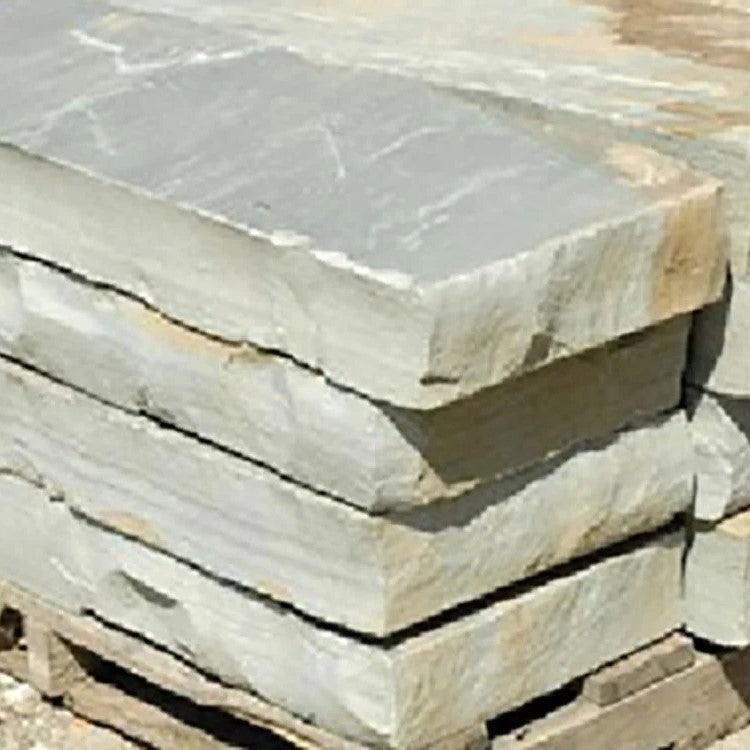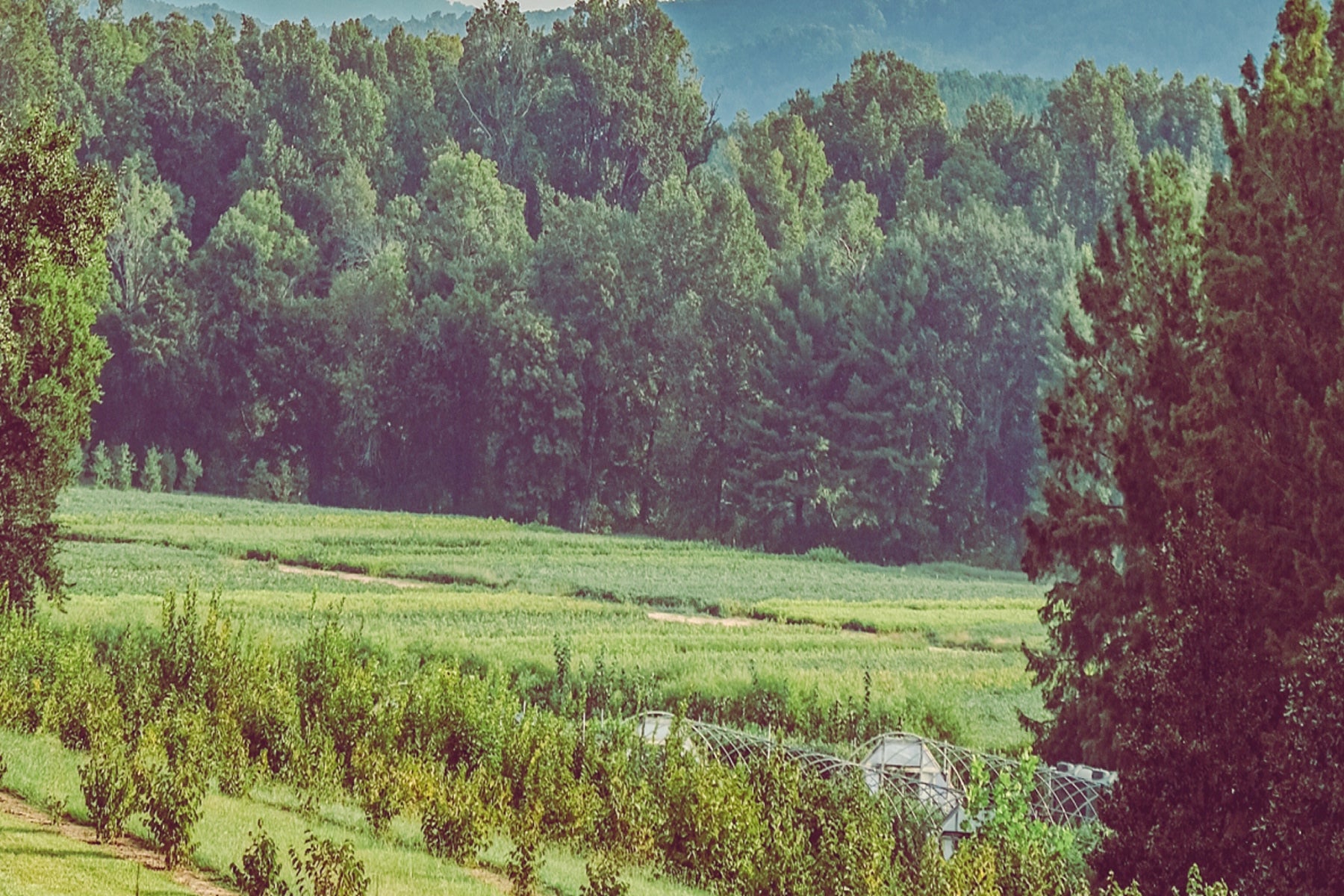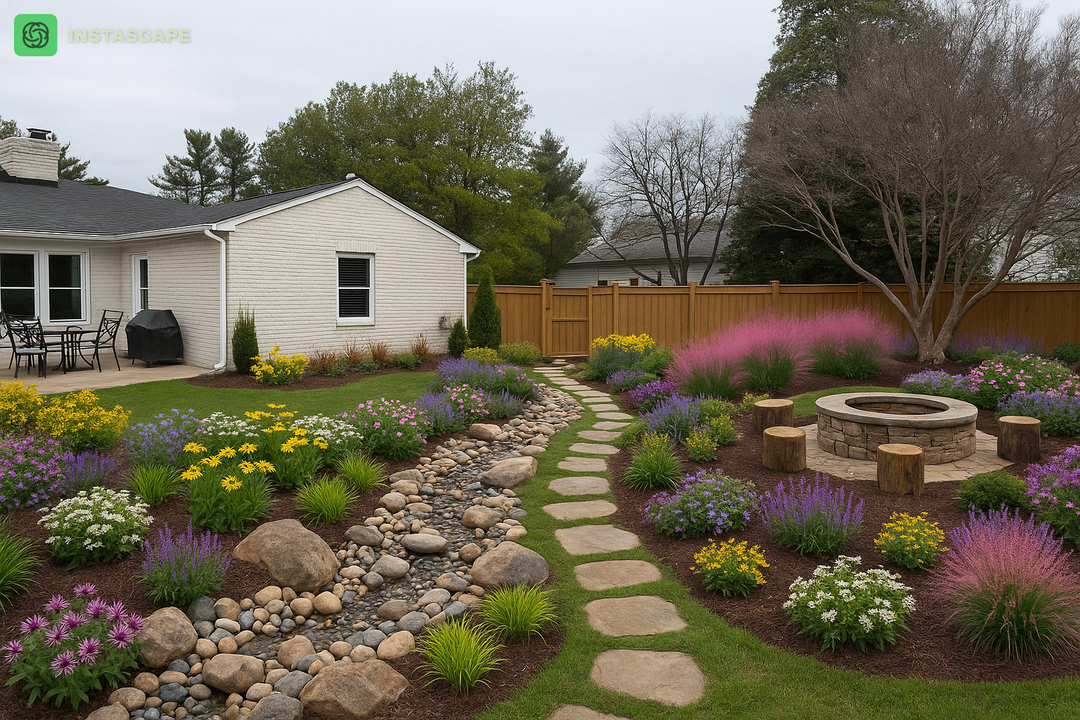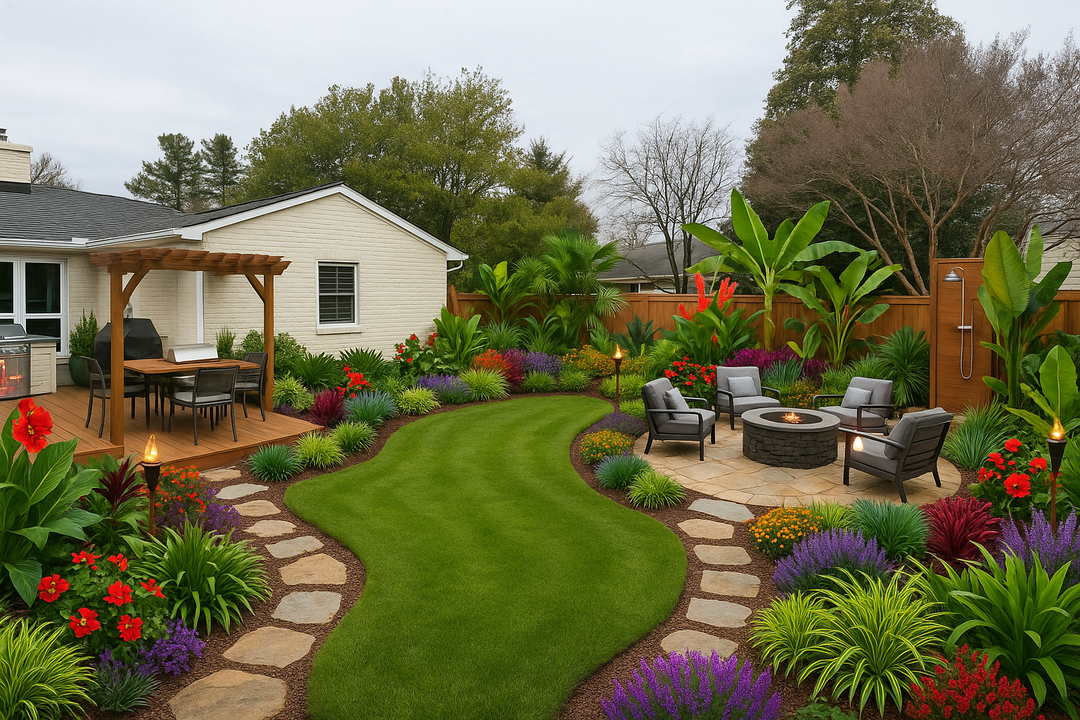White Wood Aster is a native shade-loving herbaceous perennial with sprawling zig-zagging stems and distinctive heart shaped foliage. Abundant flat-topped clusters of small white flowers with yellow or red centers bloom in mid summer into fall. Grows best in part sun and dry to medium well-drained soil. Drought tolerant.
Previously known as Aster corymbosus, Aster divaricatus, and Symphyotrichum divaricatum
Eurybia divaricata is a host for the Pearl Crescent and Checkerspot butterfly, and attracts other butterflies and bees with its flowers. Its seeds are edible for birds and small mammals
|
Type: |
|
|
Origins: |
Eastern N. America; GA Native |
|
Height: |
1' - 2.5' |
|
Spread: |
1.5’ - 2.5' |
|
Spacing: |
2.5' |
|
USDA Hardiness Zone: |
3 - 8 |
|
Culture: |
|
|
Bloom Color: |
White |
|
Season of Interest: |
MAINTENANCE NEEDS: Low Maintenance. No serious pests or diseases. Good air circulation and morning sun will help reduce chances of foliar diseases. Some susceptibility to powdery mildew and aster wilt if in poorly drained soils.
LANDSCAPE USES: Accents or Group Plantings, Borders, Rock Gardens, Xeriscape Gardens, Naturalized Areas, and Containers.
COMPANION PLANTS: Purple Coneflower, Little Bluestem, Giant Hyssop
IMAGES: Krzysztof Ziarnek, Kenraiz, Eurybia divaricata kz2, CC BY-SA 4.0, (2) Krzysztof Ziarnek, Kenraiz, Eurybia divaricata kz1, CC BY-SA 4.0, (3) Me, Aster divaricatus R0019870, CC BY-SA 3.0, (4) R. A. Nonenmacher, Eurybia divaricata SCA-03387, CC BY-SA 4.0
As plants have ranges in appearance they may not appear as the images shown.

